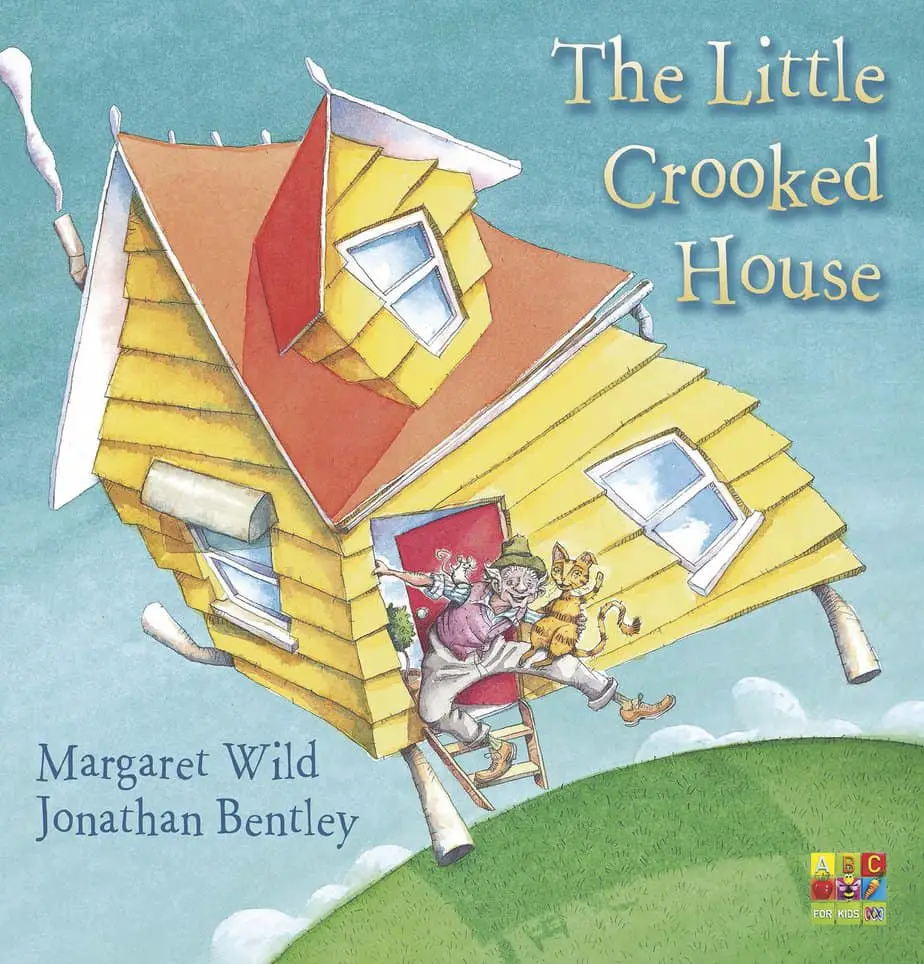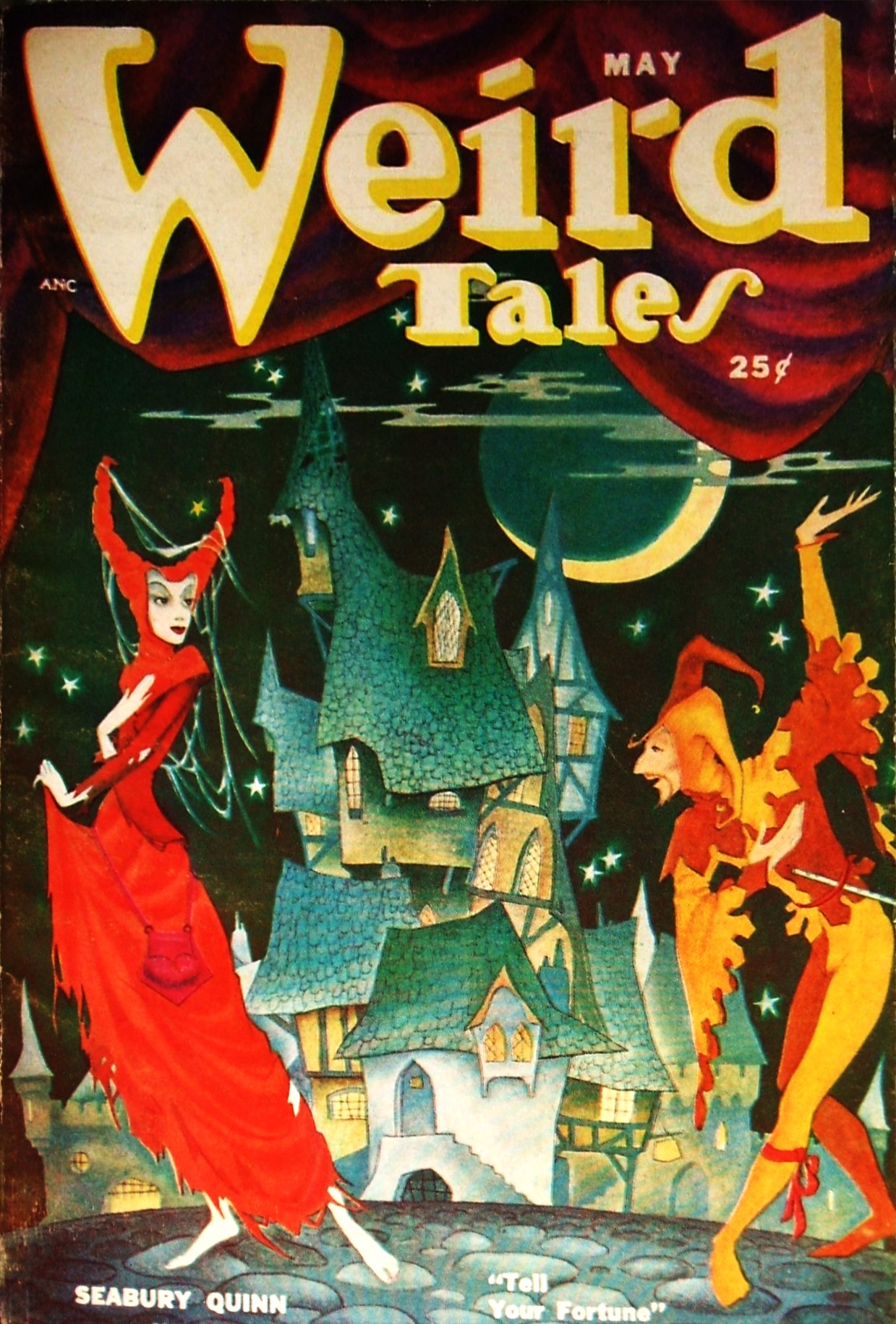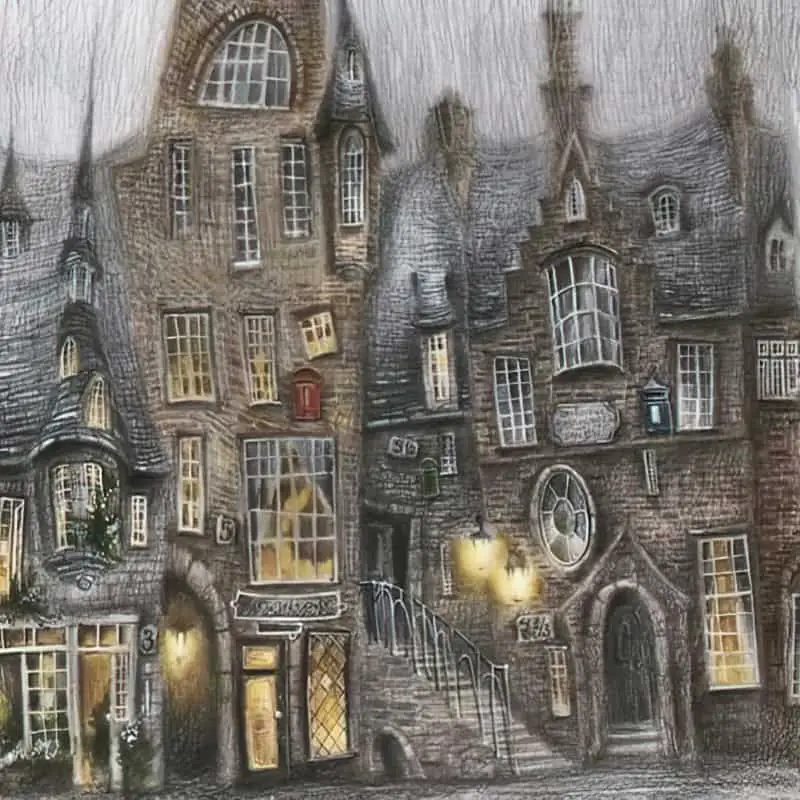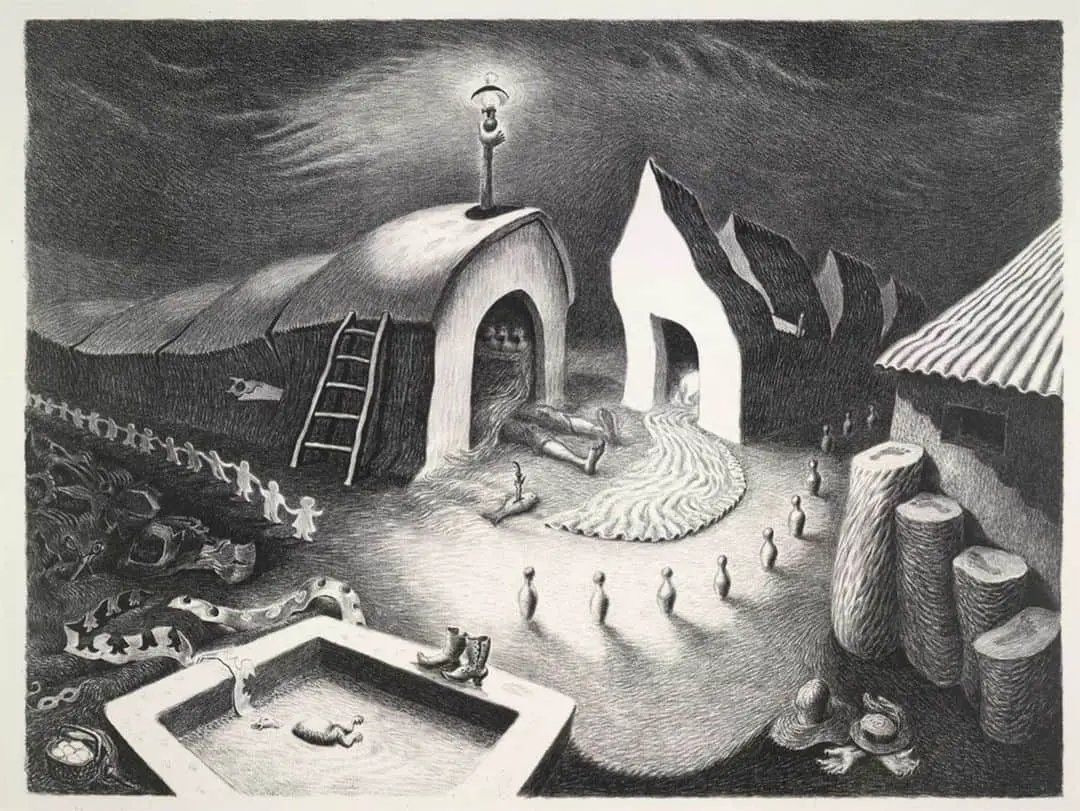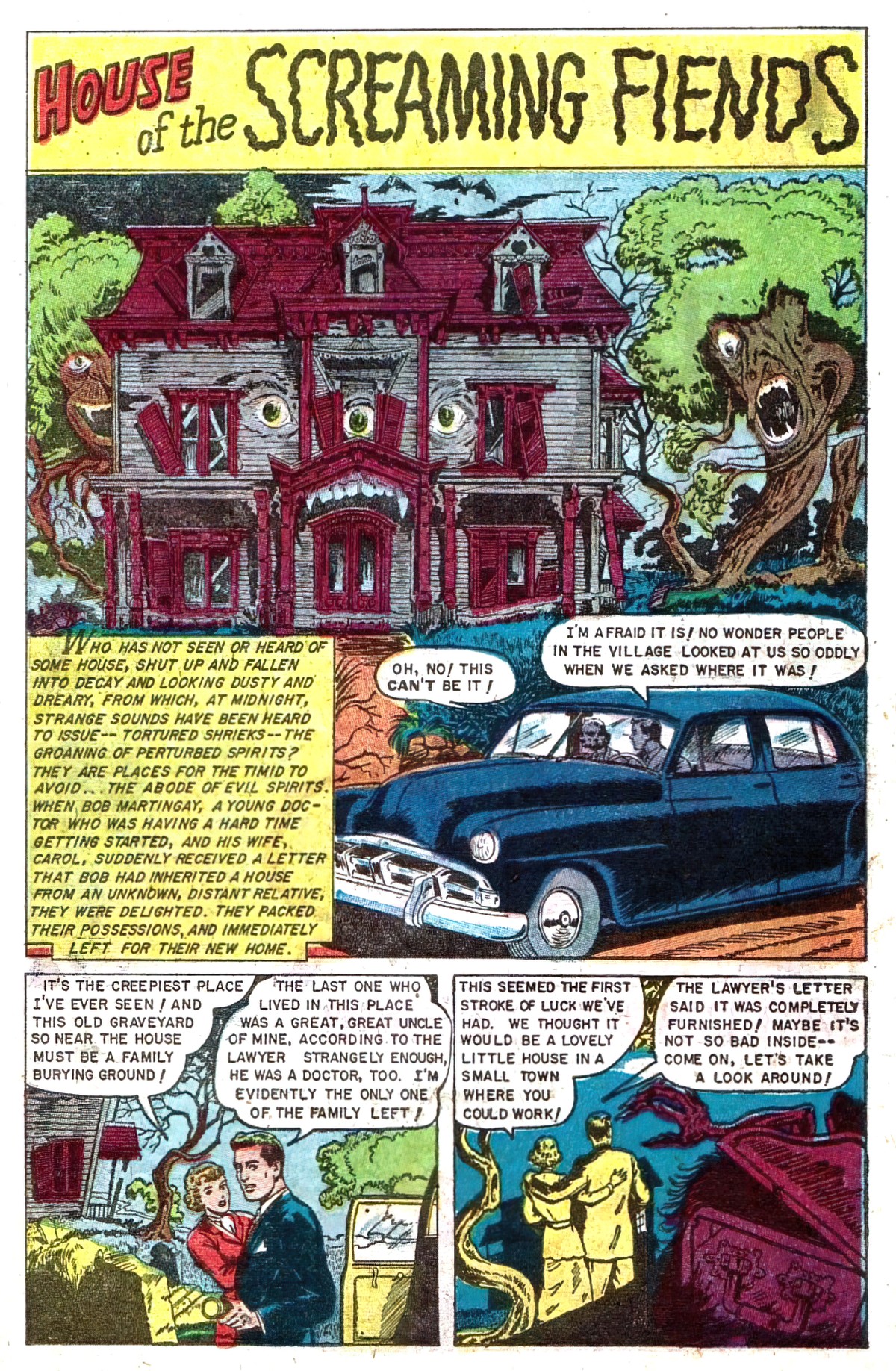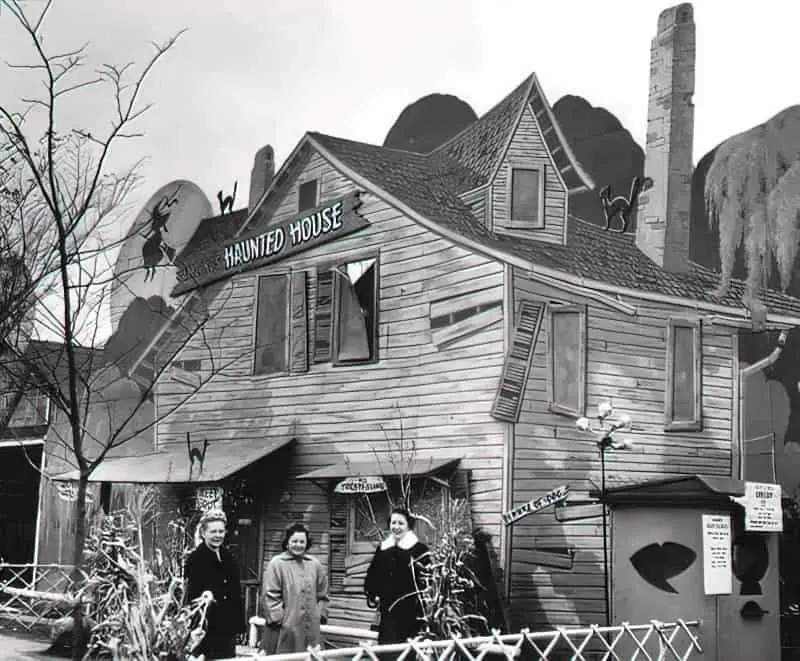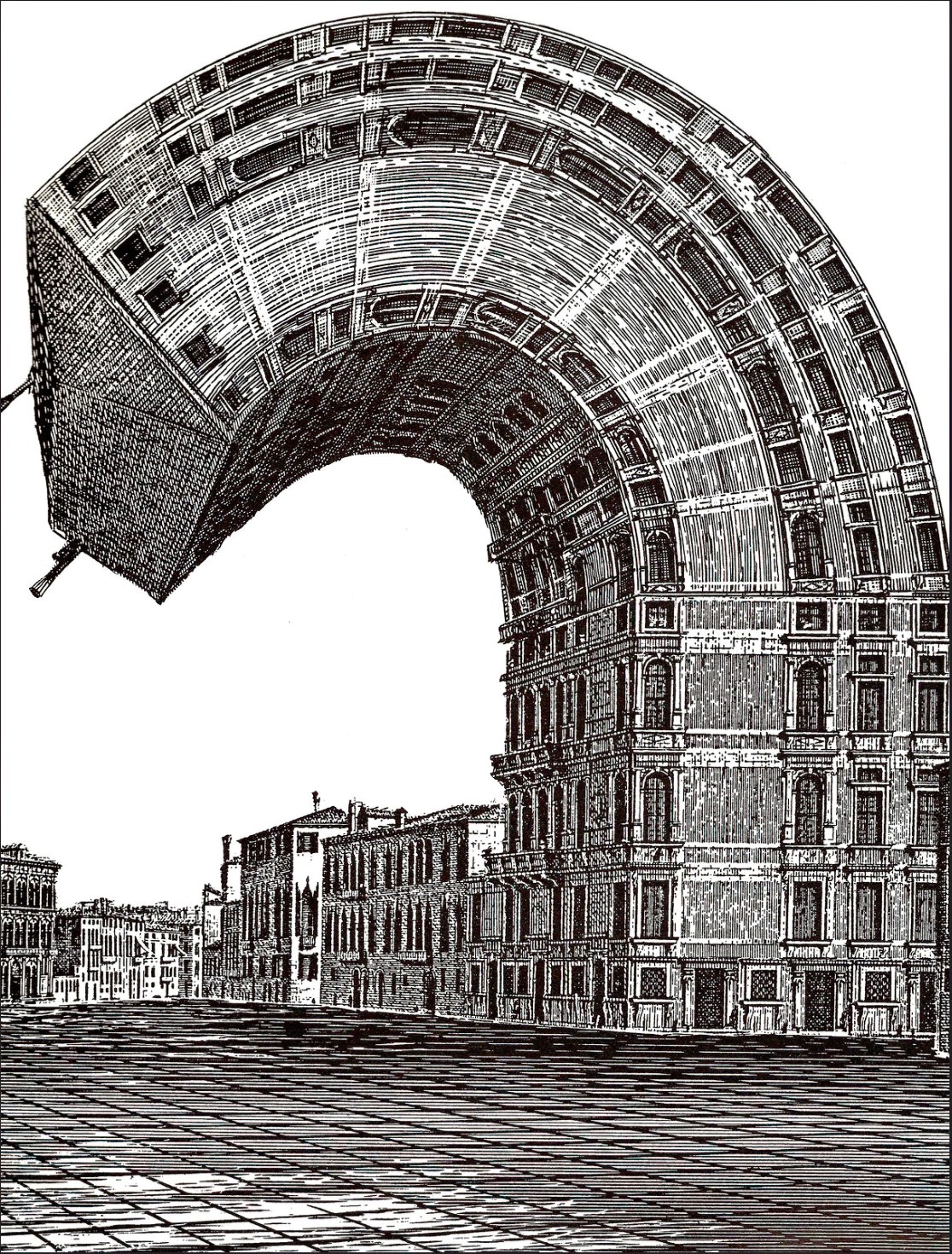There’s a style of house, popular in Hallowe’en illustration and in children’s books about witches, which looks distorted and crooked. You know it when you see it. This house is a creepy inversion of The Dream House, so it is always two-storeyed with an attic, and you just know it has a basement as well.
Why is it crooked and distorted? It might have been abandoned once, then reclaimed by a marginalised person (a witch). The walls sag. This building has not been maintained and may collapse at any moment, but it doesn’t. It blends into its landscape, reclaimed by it, and is alive in the way a landscape is alive. In stories, these houses are frequently characters in their own right. Its gables look like the hooked nose of its evil inhabitants.
Bad things happen inside such houses.
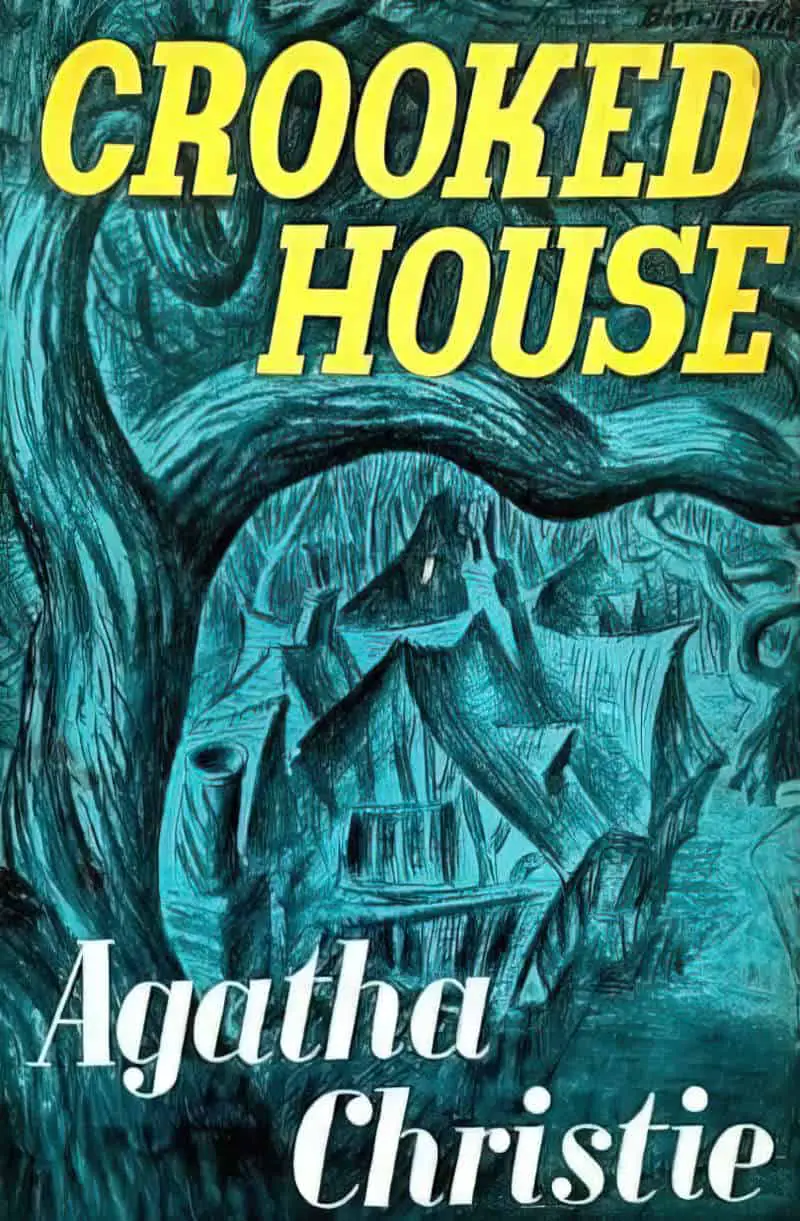
In the sprawling, half-timbered mansion in the affluent suburb of Swinly Dean, Aristide Leonides lies dead from barbiturate poisoning. An accident? Not likely.
In fact, suspicion has already fallen on his luscious widow, a cunning beauty fifty years his junior, set to inherit a sizeable fortune, and rumoured to be carrying on with a strapping young tutor comfortably ensconced in the family estate. But criminologist Charles Hayward is casting his own doubts on the innocence of the entire Leonides brood. He knows them intimately. And he’s certain that in a crooked house such as Three Gables, no one’s on the level…
The houses in the illustrations below look like they’ve had the pinch and punch treatment in Photoshop:
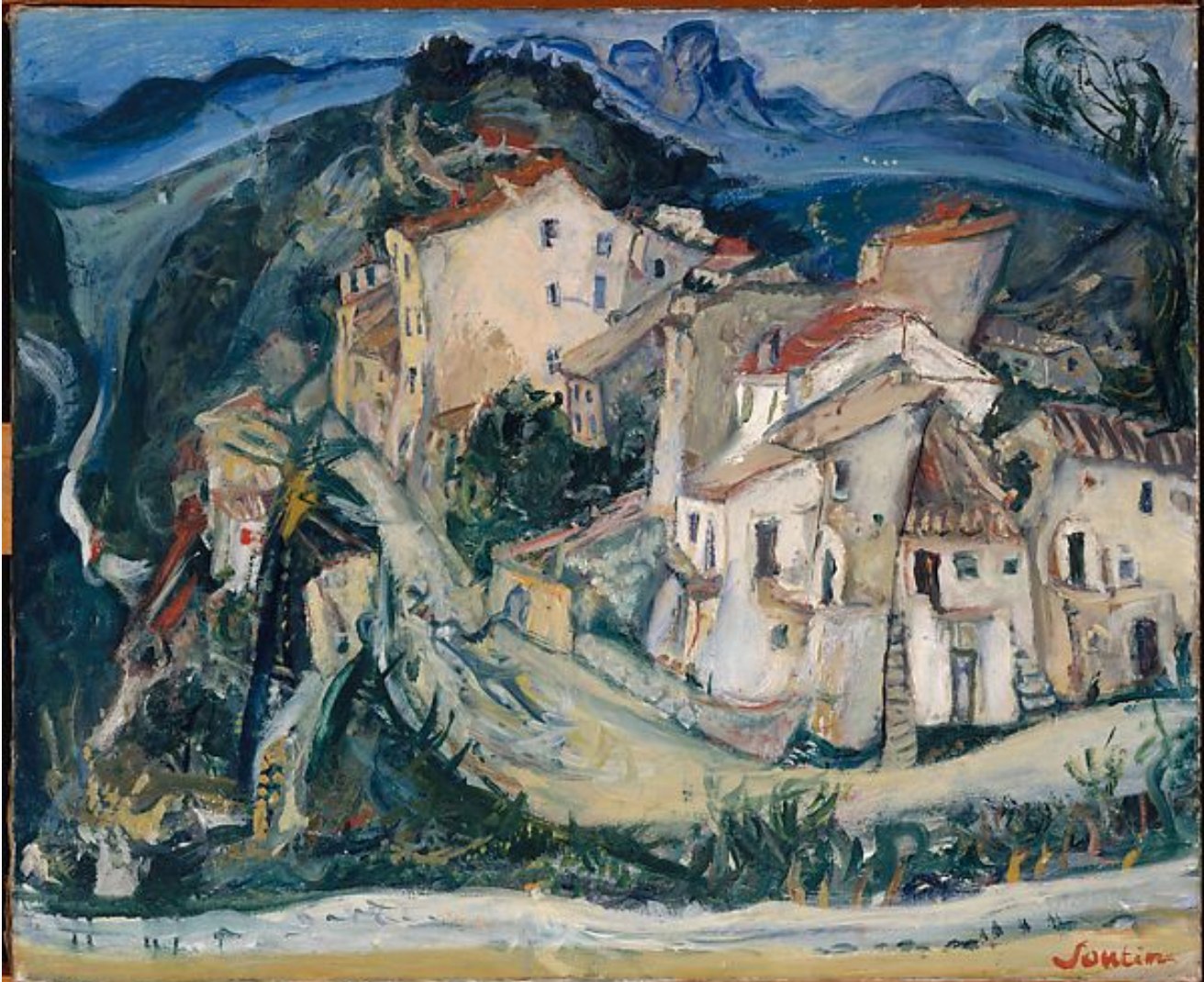
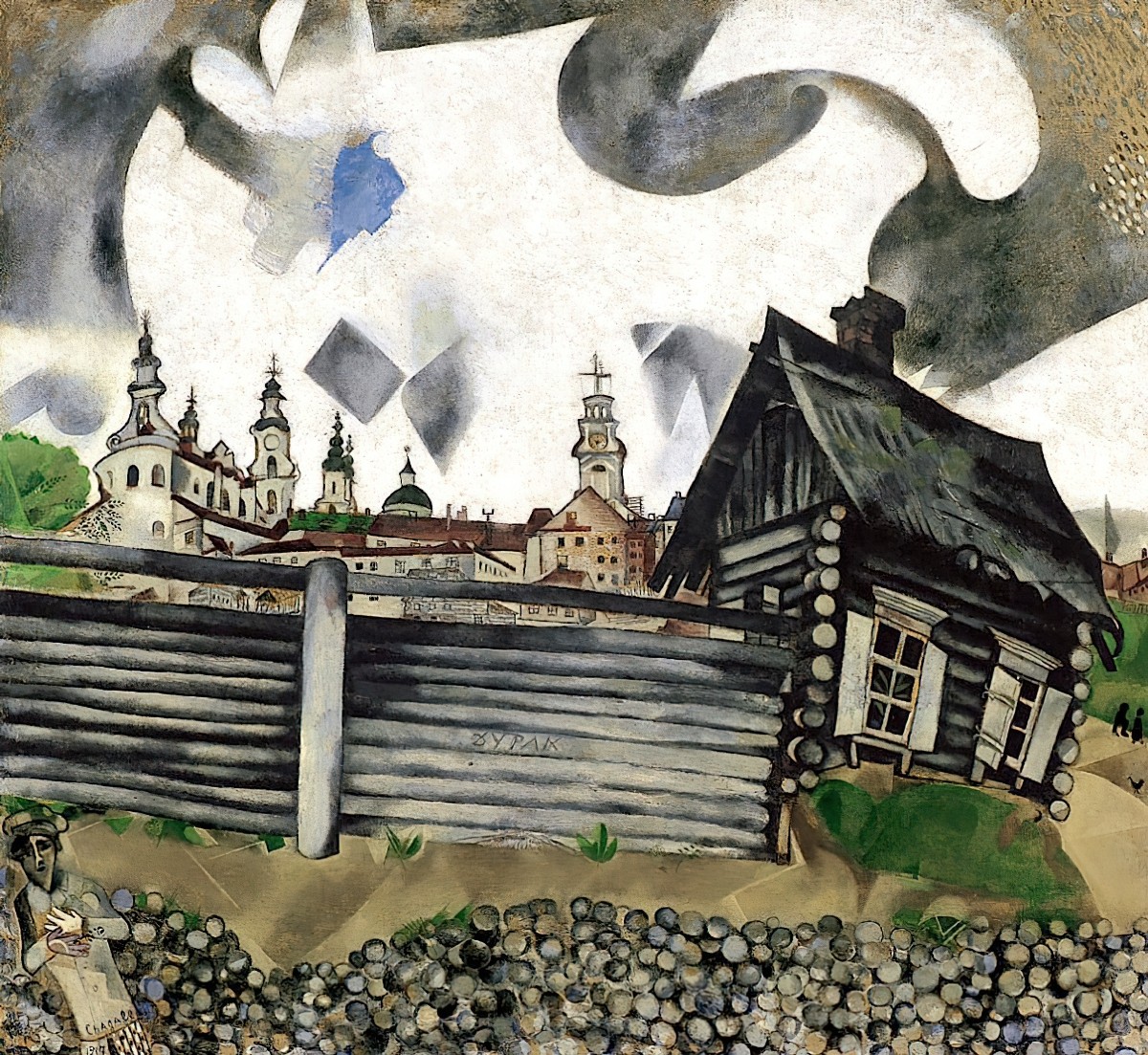
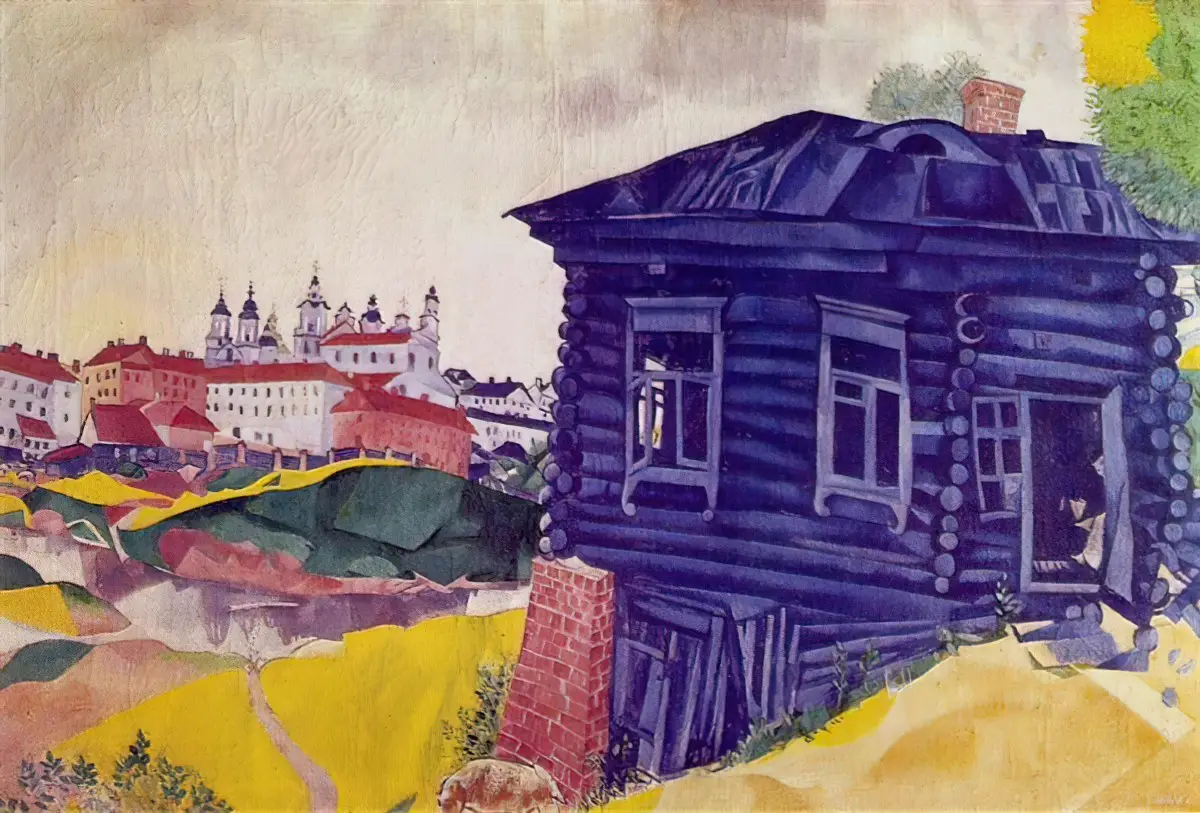
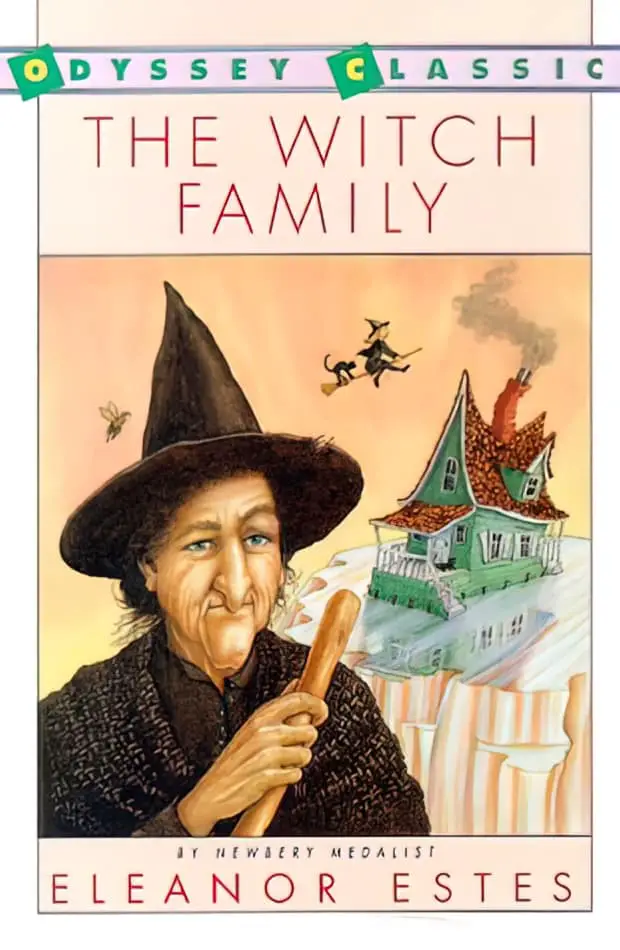
Old Witch, Little Witch Girl, Weeny Witch, and two real girls in a fantasy that blends the worlds of reality and imagination. A Halloween classic about the power of make-believe., originally published in 1960.
